Table of Contents
- What Makes Mole Poblano So Special?
- The Cultural Alchemy of Mole Poblano
- The Spice Lineup You Can't Skip
- 10 Practical Tips for a Foolproof Mole Poblano
- Common Mistakes (And How to Avoid Them)
- Mole Poblano vs. Other Mole Varieties: What's the Difference?
- Serving Suggestions & Pairings
- Final Thoughts on Mastering This Spicy-Sweet Classic
- Frequently Asked Questions
What Makes Mole Poblano So Special?
If you’ve ever tried authentic Mexican mole poblano, you know it’s not just a sauce—it’s a symphony of flavor. Rich, earthy, slightly sweet, and beautifully spiced, mole poblano is one of Mexico’s most celebrated culinary exports. It comes from Puebla, where legend has it that nuns whipped it up in a panic to impress a visiting bishop.
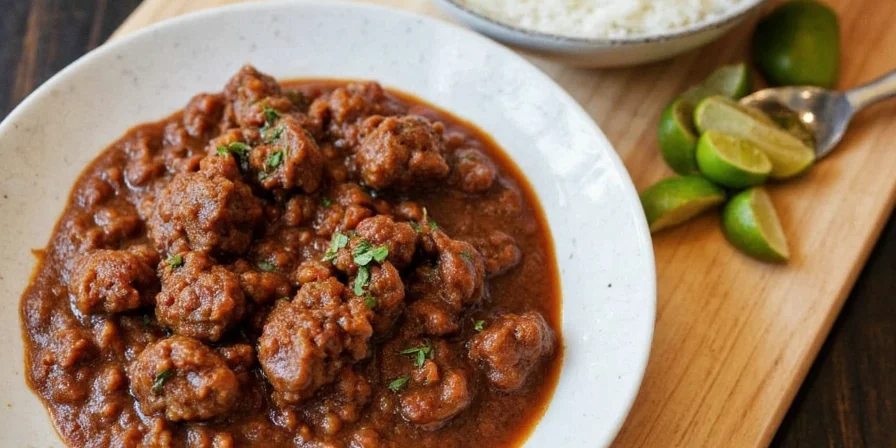
The Cultural Alchemy of Mole Poblano
Mole poblano transcends being merely a sauce—it embodies Mexico's culinary DNA through molecular synergy. Indigenous ancho chiles contain capsaicinoids that bind with theobromine in real chocolate during slow cooking, creating entirely new flavor compounds absent in substitutions. This chemical marriage, perfected over centuries, explains why cocoa powder fails to replicate the depth. The sauce's complexity mirrors Mexico's cultural fusion: European spices temper New World heat, while sesame seeds introduce subtle nuttiness from African influences. Understanding this alchemy transforms cooking from recipe-following to cultural participation.
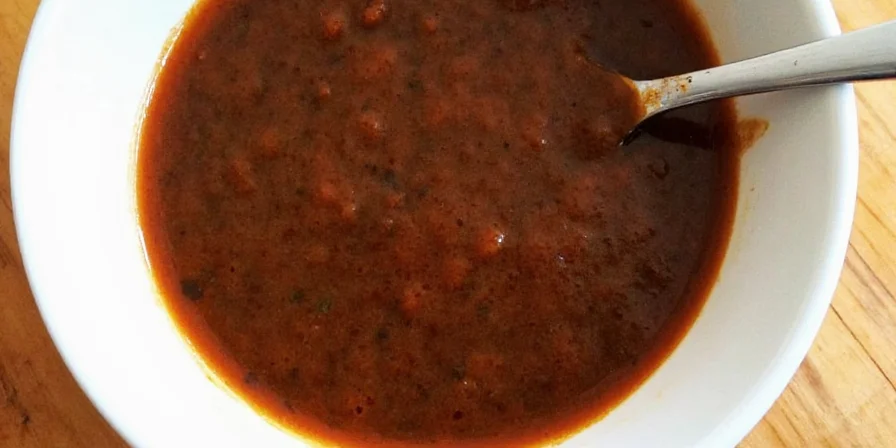
The Spice Lineup You Can't Skip
Mole poblano is a spice lover’s dream. Here are the key players in this aromatic orchestra:
- Ancho chiles – mild heat with deep sweetness
- Pasilla chiles – adds earthy depth
- Cinnamon – warm and fragrant
- Almonds – creamy texture and richness
- Chocolate – yes, real chocolate! Adds complexity
- Garlic – sharpens the flavors
- Tomatoes – natural acidity and body
- Bread – thickens the sauce naturally
- Tortilla or sesame seeds – for added nuttiness and texture
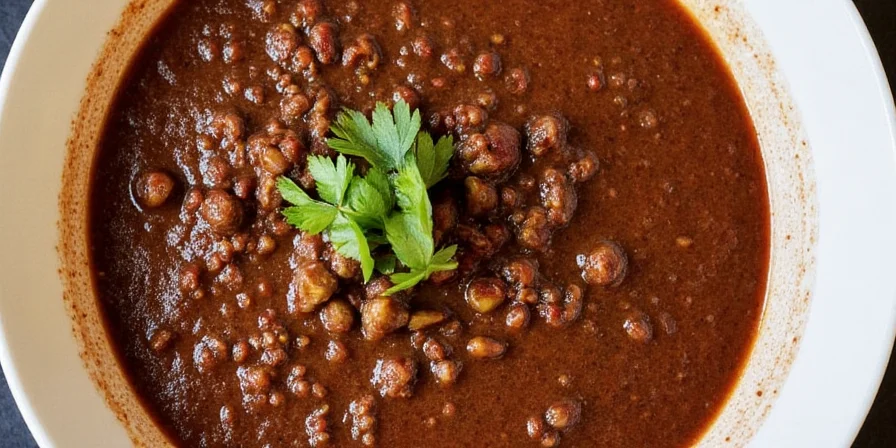
10 Practical Tips for a Foolproof Mole Poblano
- Toast your spices gently. Don’t rush—this unlocks their full aroma without burning them.
- Soak dried chiles in hot water, not boiling. They’ll rehydrate beautifully without turning mushy.
- Use day-old bread. It gives the right texture and prevents a floury taste.
- Blend in stages. Start with dry ingredients, then add wet for a smoother sauce.
- Strain your sauce. Yes, even if you think it’s smooth—you'll get that silky finish.
- Cook low and slow. Let it simmer for at least 30 minutes so flavors marry perfectly.
- Season gradually. Add salt, sugar, or vinegar as needed—not all at once.
- Add chocolate last. Stir it in when the sauce is almost done to preserve delicate flavor compounds.
- Pair with a protein that won’t compete—like shredded chicken or turkey.
- Rest overnight. If possible, let the mole sit overnight. The flavors deepen beautifully!
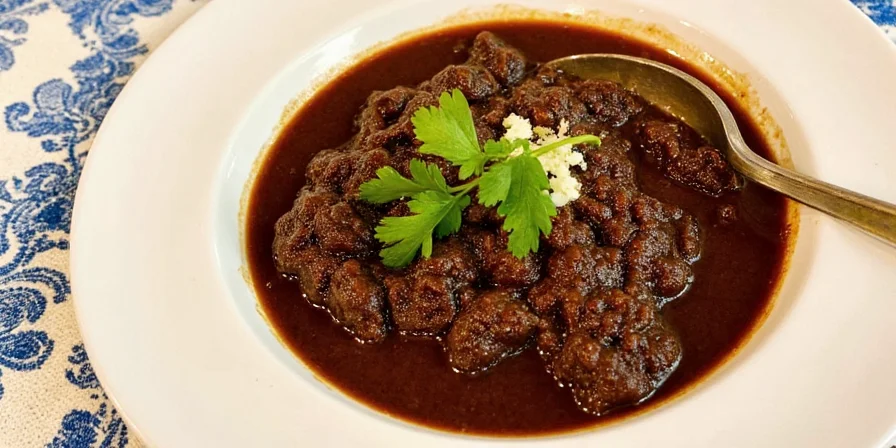
Common Mistakes (And How to Avoid Them)
| Mistake | Why It’s a Problem | How to Fix It |
|---|---|---|
| Over-blending everything together | Loses texture and depth | Blend in batches and adjust consistency |
| Burning the spices | Gives a bitter aftertaste | Toasting on low heat, stirring constantly |
| Not tasting as you go | Can end up too salty or bitter | Adjust seasonings gradually |
| Using fresh bread | Too moist, alters texture | Opt for stale or toasted bread |
Mole Poblano vs. Other Mole Varieties: What's the Difference?
Mole isn’t just one thing—it’s a whole family of sauces with unique regional styles. Here's how mole poblano stacks up against other famous variations:
| Style | Main Ingredients | Flavor Profile | Region |
|---|---|---|---|
| Mole Poblano | Ancho chiles, almonds, chocolate | Earthy, rich, slightly sweet | Puebla |
| Mole Negro | Dried chiles, plantains, spices | Smoky, deep, complex | Oaxaca |
| Mole Verde | Green chiles, herbs, pumpkin seeds | Fresh, vibrant, herbal | Oaxaca |
| Mole Amarillo | Guajillo chiles, tomatoes, garlic | Spicy, tangy, bright | Oaxaca |
| Mole Chichilo | Beef bones, dark chiles | Savory, brothy, umami-rich | Oaxaca |
Serving Suggestions & Pairings
Once your mole poblano is ready, presentation matters. Traditionally, it’s served over tender pieces of chicken or turkey, but there are plenty of creative ways to enjoy it:
- Rice and beans: A classic base that soaks up every drop of sauce.
- Tamales: Spoon mole over tamales for a festive treat.
- Eggs: Try it for brunch—think mole poblano Benedict!
- Tacos: Drizzle it over tacos al pastor or barbacoa.
- Roasted veggies: For a vegan twist, try it with roasted squash or cauliflower.
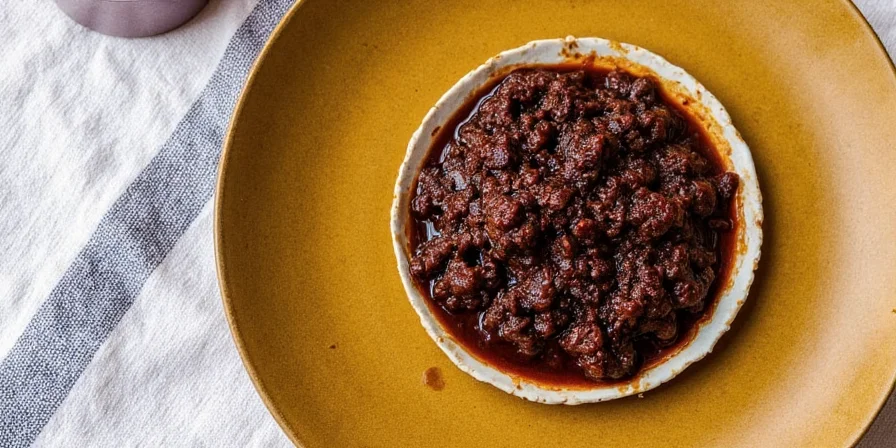
Final Thoughts on Mastering This Spicy-Sweet Classic
Making mole poblano may seem intimidating at first, especially with its long list of ingredients and multi-step process. But once you break it down into manageable parts, it becomes a rewarding experience—one that connects you to generations of Mexican cooks who’ve perfected this art form.
Whether you're cooking for a holiday like Día de los Muertos or simply indulging in a weekend kitchen project, mole poblano is a dish worth mastering. With the right tools, techniques, and a bit of patience, you’ll be serving something truly magical.
So don your apron, grab those spices, and let the mole magic begin!
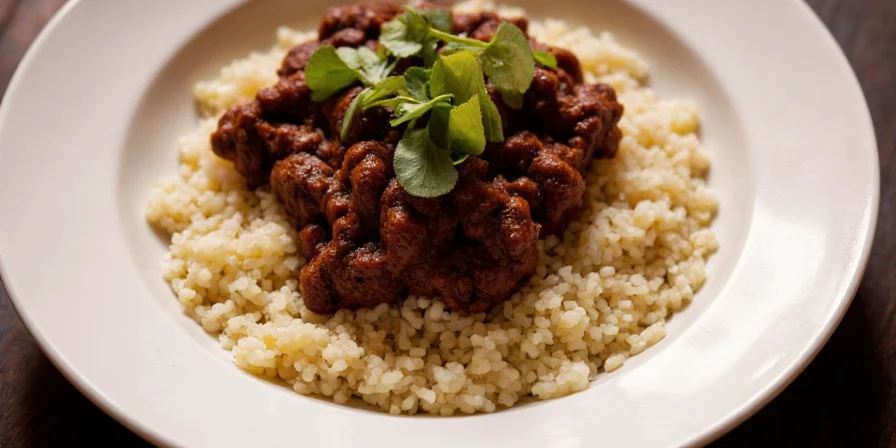
Frequently Asked Questions
Can I substitute cocoa powder for chocolate in mole poblano?
While cocoa powder provides some chocolate flavor, it lacks the theobromine and fats that interact with chiles to create mole's complex profile. For authentic results, use 70% dark chocolate.
Why does my mole poblano taste bitter?
Bitterness usually comes from burned spices or over-toasting chiles. Always toast on low heat and stir constantly. Also, ensure you remove chile seeds which can be overly bitter.
How long does mole poblano keep?
It tastes even better the next day! Store in an airtight container in the refrigerator for up to 5 days or freeze for up to 3 months.
Is mole poblano gluten-free?
Traditionally, mole uses bread as a thickener which contains gluten. For a gluten-free version, substitute with toasted corn tortillas.
Can I make mole poblano vegetarian?
Absolutely. Use vegetable broth instead of chicken stock and serve over roasted vegetables or tofu.

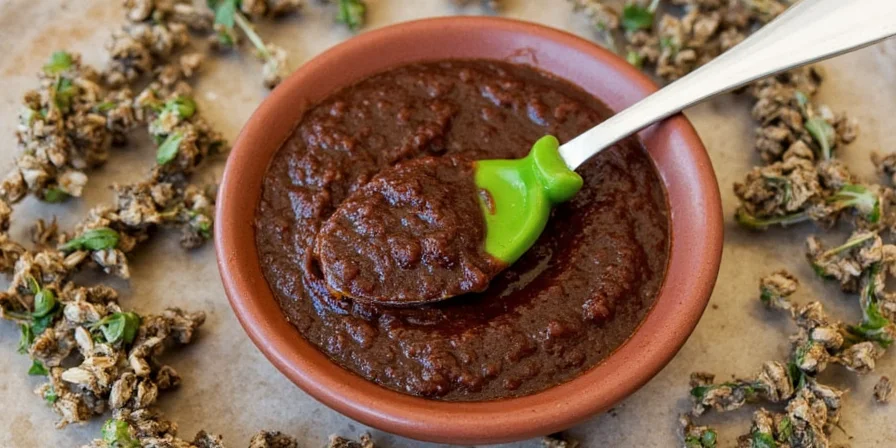









 浙公网安备
33010002000092号
浙公网安备
33010002000092号 浙B2-20120091-4
浙B2-20120091-4